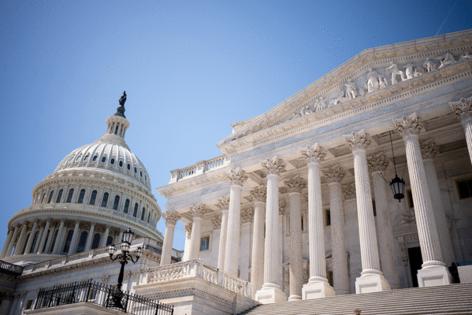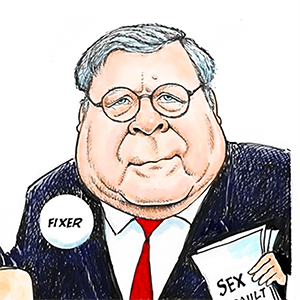How does Senate confirmation process work? What to know as Trump makes Cabinet picks
Published in News & Features
Ahead of his inauguration in January, President-elect Donald Trump has begun assembling his Cabinet and other key members of his administration.
So far, Trump has announced around a half dozen Cabinet picks, including Florida Sen. Marco Rubio for secretary of state, Fox News host Pete Hegseth for secretary of defense and Florida Rep. Matt Gaetz for attorney general.
He’s also tapped South Dakota Gov. Kristi Noem for homeland security secretary, former Texas Rep. John Ratcliffe for CIA director and former Hawaii Rep. Tulsi Gabbard for director of national intelligence, among others.
But, before they can take their posts, many of these individuals must first receive the Senate’s seal of approval.
How Senate confirmation works
The U.S. Constitution stipulates that the Senate must approve of a number of presidential appointments, including ambassadors and Supreme Court justices.
“All of the Cabinet officers — other than the vice president — are considered principal officers under the Constitution, which means that they require the consent of the Senate,” Josh Chafetz, a professor of law and politics at the Georgetown University Law Center, told McClatchy News.
The Senate, according to longstanding practice, begins a nominee’s confirmation process by holding a hearing.
The hearing is held “in the committee that has jurisdiction over the department to which the nominee has been nominated,” Chafetz said.
So, for example, in 2021, the Senate Foreign Relations Committee held a confirmation hearing for Antony Blinken, President Joe Biden’s pick for secretary of state. And, the same year, the Senate Finance Committee held a hearing for Janet Yellen, Biden’s nominee for secretary of the treasury.
In these hearings, which can last for hours, committee members are given the opportunity to question a nominee — often about their background and policy positions.
Blinken, for example, was asked for his opinion on the Trump administration’s decision to kill Iranian General Qasem Soleimani in 2020.
The nominees are also asked to fill out financial disclosure forms and to subject themselves to background investigations, according to the Center for Presidential Transition.
This process culminates in a vote by the committee, followed by a Senate-wide vote, Chafetz said.
A simple majority of senators present at the time of the vote is necessary to approve the nominee, according to the center.
Throughout history, just a small number of cabinet picks have been voted down by the Senate, Chafetz said.
“However, the number is so small only because most nominees who would fail on the floor withdraw from consideration before that happens,” he noted.
Several of Trump’s cabinet picks during his first term withdrew themselves from consideration, including Patrick Shanahan, a nominee for secretary of defense, and Andrew Puzder, a nominee for labor secretary.
Ahead of his second term, though, Trump has signaled his desire to circumvent the Senate confirmation process using recess appointments — which temporarily allows the president to fill vacancies.
“We need positions filled IMMEDIATELY!” Trump wrote on Truth Social.
_____
©2024 The Charlotte Observer. Visit charlotteobserver.com. Distributed by Tribune Content Agency, LLC.







Comments